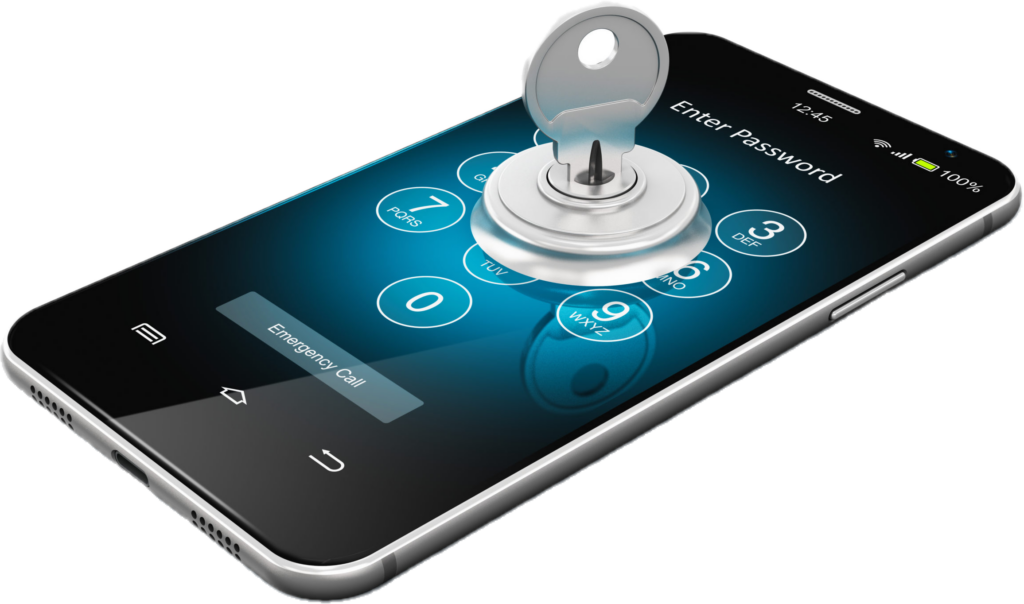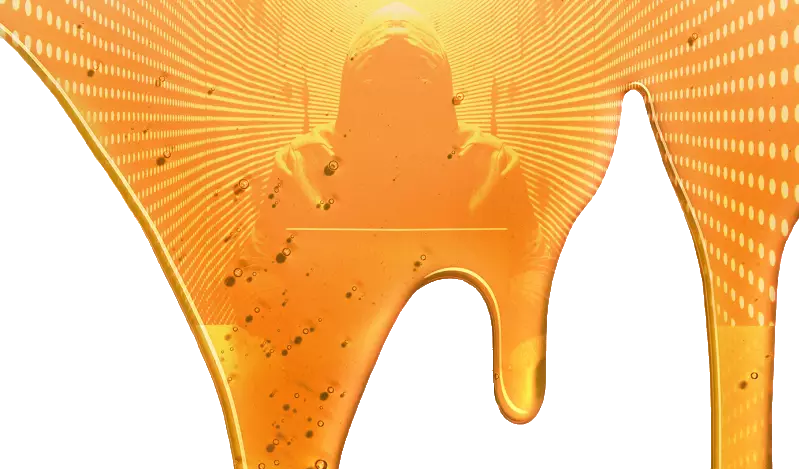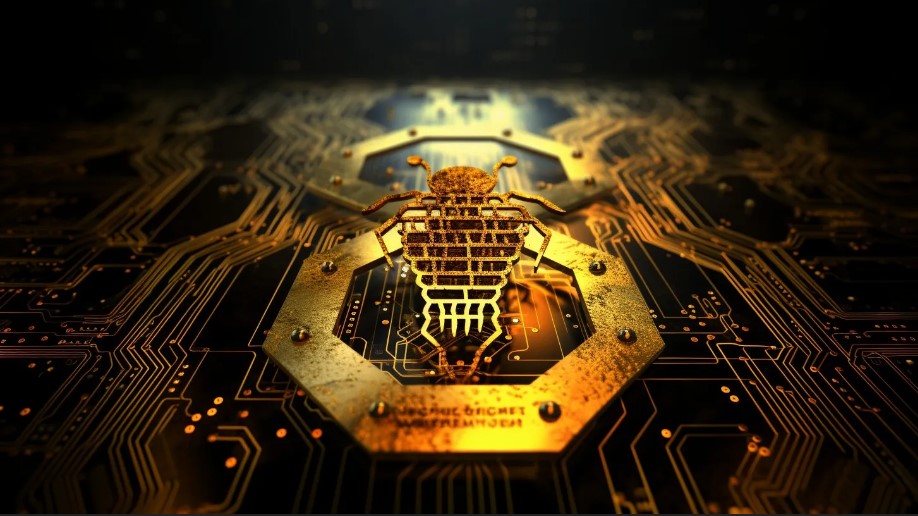Unleashing the Power of IoT
July 18, 2023
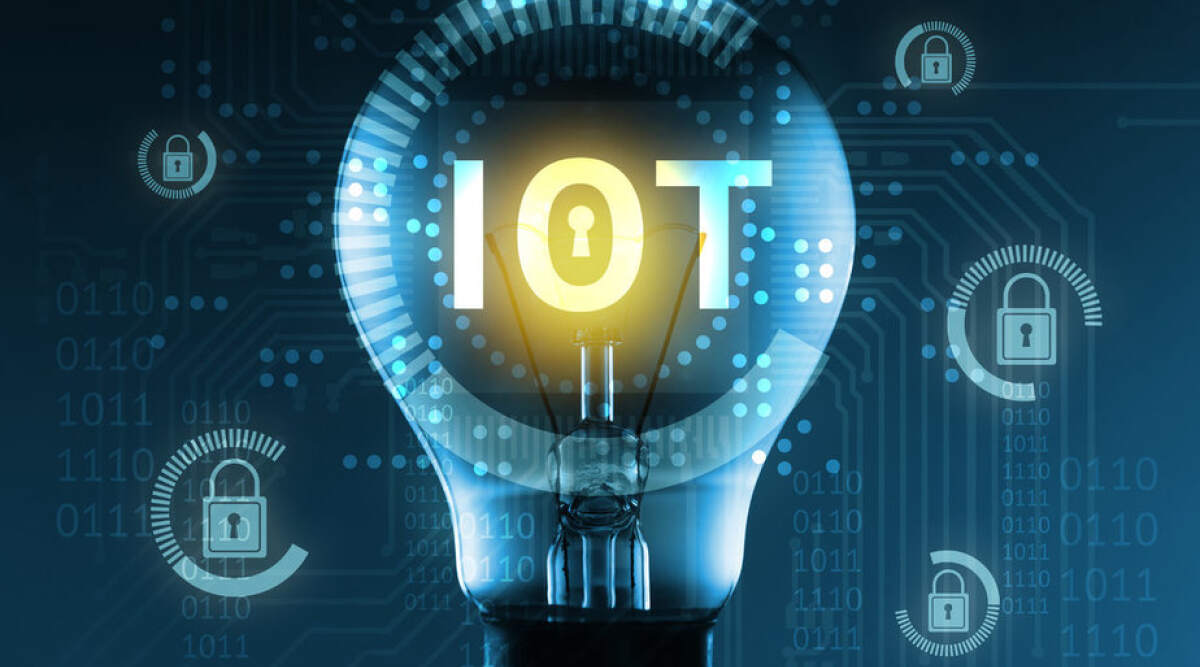
Exploring the Internet of Things
In our increasingly connected world, the Internet of Things (IoT) has emerged as a transformative technology, revolutionizing the way we interact with devices and enabling a new era of connectivity. In this 2-part blog series, we will demystify IoT, explore its capabilities, and understand how it is reshaping industries and everyday life.
Understanding IoT: Connecting the Unconnected
The Internet of Things refers to the network of physical devices embedded with sensors, software, and connectivity capabilities that enable them to collect and exchange data. These devices, ranging from everyday objects to complex machinery, are connected to the internet, allowing them to communicate and interact with each other and with humans.
- Devices: IoT devices can encompass a wide range of objects, including smart home appliances, wearable devices, industrial sensors, medical devices, vehicles, and more. These devices are equipped with sensors, actuators, and network connectivity, enabling data collection and communication.
- Connectivity: IoT devices rely on various communication technologies, such as Wi-Fi, Bluetooth, cellular networks, and low-power wide-area networks (LPWAN), to establish connections and transmit data. This connectivity allows for seamless data exchange and remote control.
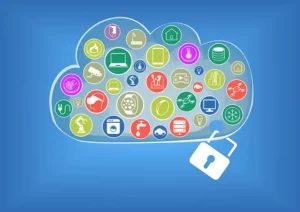
The Power of IoT: Transforming Industries and Daily Life
- Smart Homes: IoT has revolutionized the concept of smart homes by enabling automation and control of various devices. From thermostats and lighting to security systems and appliances, IoT-powered smart homes offer convenience, energy efficiency, and enhanced security.
- Healthcare: IoT is driving innovations in healthcare, enabling remote patient monitoring, telemedicine, and smart medical devices. Connected wearables and sensors can collect real-time health data, allowing for personalized patient care and early detection of medical issues.
- Industrial IoT (IIoT): IIoT is transforming industries by optimizing operations, enhancing productivity, and enabling predictive maintenance. Connected sensors and devices in manufacturing, agriculture, logistics, and energy sectors provide real-time insights, streamline processes, and reduce costs.
- Smart Cities: IoT is playing a pivotal role in creating smarter and sustainable cities. Connected infrastructure, including smart grids, intelligent transportation systems, and waste management, enhances efficiency, improves resource utilization, and enables better urban planning.
- Retail and Customer Experience: IoT is reshaping the retail industry by creating personalized and immersive customer experiences. Smart shelves, beacons, and mobile applications enable targeted advertising, inventory management, and seamless transactions.
- Environmental Monitoring: IoT facilitates environmental monitoring and conservation efforts. Sensors can monitor air quality, water levels, and energy consumption, enabling proactive measures to mitigate pollution, conserve resources, and promote sustainability.
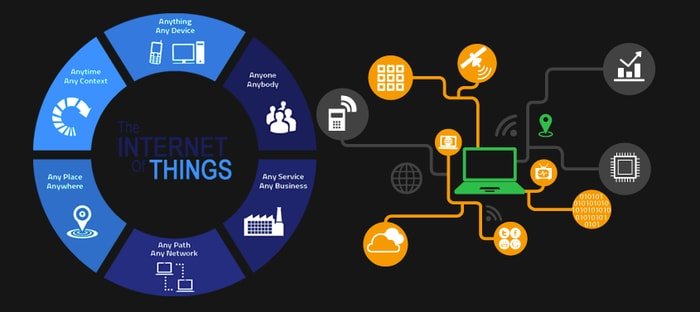
Challenges and Considerations
While IoT offers numerous benefits, it also presents challenges and considerations for security and privacy:
- Security: With the increasing number of connected devices, securing IoT networks is paramount. Vulnerabilities in device firmware, weak authentication mechanisms, and inadequate encryption can lead to data breaches and unauthorized access.
- Privacy: IoT devices gather vast amounts of data, raising concerns about privacy. Clear consent, data anonymization, and robust privacy policies are necessary to protect personal information and ensure user trust.
- Interoperability: IoT devices and platforms often operate in silos, limiting interoperability. Industry standards and protocols must be established to ensure seamless integration and collaboration among devices from different manufacturers.
- Scalability and Complexity: Managing large-scale IoT deployments requires robust infrastructure, scalability, and effective device management solutions to handle the complexities of monitoring, updating, and securing numerous devices.
The Internet of Things has revolutionized the way we interact with technology, creating a world where devices seamlessly communicate and share data. From smart homes to industrial automation, IoT is transforming industries and enhancing our daily lives. However, it is essential to address security, privacy, and interoperability challenges to fully unlock the potential of IoT. As the IoT ecosystem continues to evolve, embracing this transformative technology holds tremendous promise for a connected and smarter future.
Have Any Question?
Call or email Cocha. We can help with your cybersecurity needs!
- (281) 607-0616
- info@cochatechnology.com

